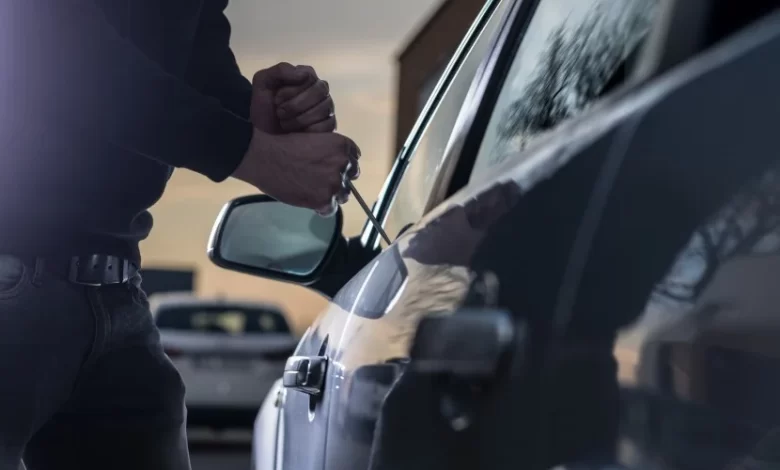What’s Next for Vehicles Security? Check These 5 Spots Regularly

Numerous customs, businesses, and methods of operation around the world have seen significant changes in recent decades. Because of nationwide lockdowns, fewer commuters, working from home, and other restrictions, the transportation industry has undergone significant transformation. However, various new fields are appearing, particularly in the realm of safety. In this article, we’ll look at five of the most promising ways in which transportation and driving might evolve to meet the challenge of the “new normal” and make people and their vehicles safer.
1: “Safe Exit Assist” Devices
The introduction of so-called “safe exit assist” technology is the first upcoming development in automobile safety. This may contain cameras, sensors, and other equipment meant to make getting out of the car safer.
When opening a car door, the occupant puts herself and others at risk of injury from passing vehicles, motorcyclists, and bicyclists. This is a widespread issue in dense metropolitan areas and in places where parking is located next to a bike path.
With this new technology, car exits will be less dangerous for everyone involved. More automakers are looking into how to implement this technology in their upcoming models in an effort to address a critical safety concern.
2: better cleanliness and hygiene.
In light of the worldwide epidemic, many motorists are spending money on methods to maintain their cars clean and germ-free.
This could involve temporary measures, such as keeping a supply of masks, gloves, cleaning supplies, antibacterial wipes, and the like in the car, or it could lead to more permanent solutions, such a specially designed storage compartment.
Cleaning practices could become more commonplace and more advanced ventilation and onboard sanitation systems could be installed. Many companies that hire drivers already require this documentation.
Hygiene and sanitation improvements are predicted to spread, potentially even influencing automobile production.
3: Uptick in the number of people who drive professionally.
It’s possible that regular drivers, like commuters or parents doing the school run, have been kept inside due to the surge of professional drivers on the road. While there is some evidence to suggest that professionally licensed drivers are safer on the road than non-licensed motorists due to their exposure to more rigorous training, their proliferation could lead to more gridlock.
The quantity and makeup of drivers have shifted as more people, for both personal. The professional reasons, have learned about the benefits of using couriers and other specialized delivery services. Future road safety may be affected. It is unclear if the return to “normal” would result in fewer vehicles. The road or an increase in congestion when professional drivers. Vehicles resume their usual routes.
4: Augmented Reality
New technologies, like as augmented reality and infrared imaging, This is not yet extensively used but are expected to become key in-car safety measures. To help drivers avoid collisions with pedestrians, other cars, or an abrupt turn in the road, augmented reality. It can be used to superimpose visuals onto the real world. New automobiles are being built with thermal imaging systems to help drivers see better in low light. Although some of these cutting-edge innovations are likely still in the prototype stage or available only in the most expensive vehicles, widespread adoption and lower prices are to be expected over time.
5: Driver Monitoring System
Future car safety is likely to be greatly influenced by the prevalence of driver of off road wheels brand monitoring equipment and software. Cameras, software, and upgrades to existing systems like cruise control, anti-lock brakes. The speedometers are just a few examples of what can be found in systems designed to keep tabs on drivers.
In the event of a medical emergency or other situation in which a driver may become unresponsive. The new technology will be able to detect this. They will also be able to see if the motorist is inebriated or simply not paying attention.
Then, the high-tech systems can launch a safety response. This Including slowing down, guiding the vehicle. to a safe stopping location, or making an emergency call. Over the next few years, we can anticipate a concerted effort on a global scale to make our roads and cars safer. Than they have ever been before, thanks to advancements in technology. A new manufacturing practices in the way we all drive and use other forms of transportation.




